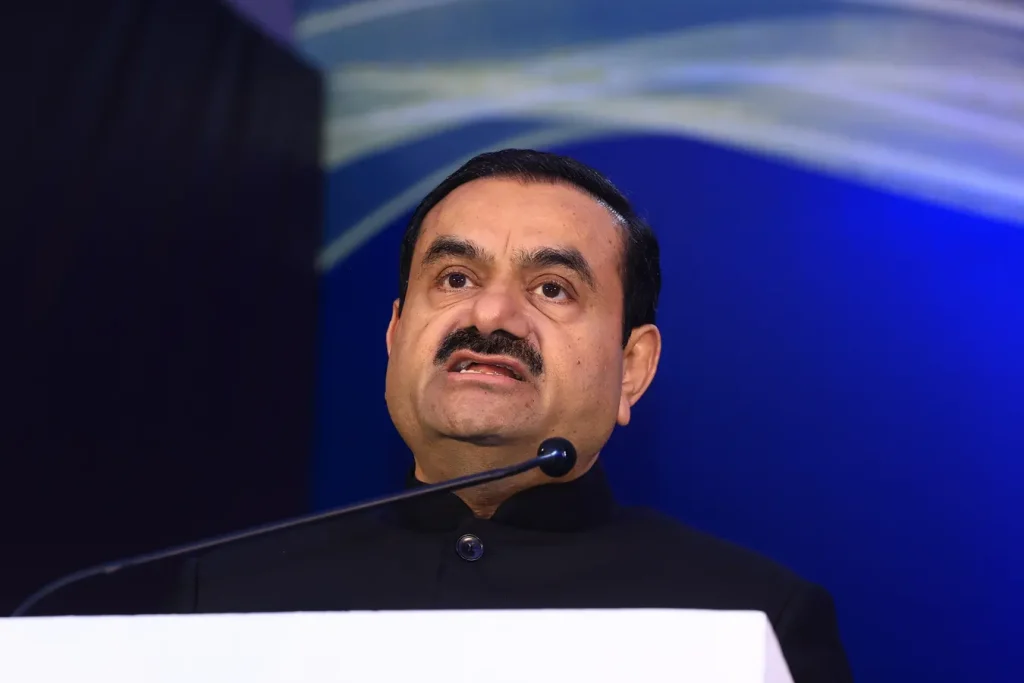India’s Richest 2025: A Story of Economic Challenges and Resilience
The landscape for India’s wealthiest individuals has experienced significant turbulence in 2025, painting a complex picture of the nation’s economic journey. With the United States under Trump 2.0 imposing substantial 50% tariffs on Indian goods, the economic relationship between the two nations has faced unprecedented strain. In response, the Indian government implemented broad reductions in goods and services tax during September, aiming to stimulate consumption by making various products, particularly automobiles, more affordable to the average consumer. Despite these efforts, economic headwinds have been formidable—a weakening rupee combined with a 3% decline in the benchmark Sensex has led to a concerning 9% erosion in the combined wealth of India’s richest individuals, bringing their collective fortune down to $1 trillion. This challenging environment has affected approximately two-thirds of the country’s wealthiest people, showcasing how even the most financially secure aren’t immune to macroeconomic forces.
At the top of the list remains Mukesh Ambani, who continues to hold his position as India’s richest person despite experiencing a substantial 12% decline in his personal wealth, equivalent to $14.5 billion. Nevertheless, Ambani maintains his status as a “centibillionaire” with a net worth of $105 billion. As Chairman and Managing Director of Reliance Industries, Ambani has demonstrated his forward-thinking approach by establishing Reliance Intelligence, a strategic move into the artificial intelligence sector. Looking ahead, he has announced plans to list the telecommunications unit Jio on the stock market in 2026, potentially creating new avenues for growth. Following closely behind at the second position is infrastructure tycoon Gautam Adani, whose family fortune stands at $92 billion. The Adani Group founder received welcome news in September when India’s securities regulator announced that allegations of fraudulent transactions made by U.S. short seller Hindenburg Research could not be substantiated—a significant relief after the claims had triggered a massive sell-off in Adani Group companies’ shares during 2023.
While the composition of India’s ten wealthiest individuals remained unchanged from the previous year, there were notable shifts within their rankings, and almost all experienced decreases in their net worth. The standout exception was telecommunications magnate Sunil Mittal, who emerged as the biggest financial gainer in this elite group. Mittal’s Bharti Enterprises made a strategic acquisition of nearly 25% stake in British telecommunications giant BT, securing him a seat on the company’s board. This savvy business move resulted in a $3.5 billion increase in his family’s net worth, bringing it to $34.2 billion and allowing Mittal to climb three positions to the fourth rank—a position he had not occupied since 2008. Meanwhile, tech billionaire Shiv Nadar slipped from fourth to fifth place, reflecting the challenges facing India’s IT companies with U.S. operations in light of the Trump administration’s new policy imposing a steep $100,000 fee on new H1-B visas, a development that threatens to reshape the economics of India’s crucial technology sector.
The 2025 list welcomed three newcomers, bringing fresh energy to India’s billionaire landscape. Most notable are the Doshi siblings, whose company Waaree Energies has established itself as India’s largest manufacturer of solar panels by capacity. The company’s successful stock market debut late last year, which saw shares trading at a 70% premium to the issue price, created four individual billionaires within the family. With their combined wealth reaching $7.5 billion, the brothers have made an impressive entrance at position number 37. The other two new entrants represent different sectors of India’s diverse economy: Alpana Dangi, who holds a majority stake in the listed financial firm Authum Investment and Infrastructure, and Sunil Vachani, the founder and chairman of Dixon Technologies, a versatile electronics manufacturing company that produces everything from television sets to smartphones for major brands including Samsung and Xiaomi. These new additions illustrate the continued dynamism and evolving nature of India’s business landscape.
In addition to the newcomers, four individuals returned to the ranks of India’s richest after previous absences. Among the notable returnees are brothers Manohar Lal and Madhusudan Agarwal, whose wealth stems from the immensely popular Indian snack brand Haldiram’s. Their fortune is now consolidated with that of their older sibling, Shiv Kishan Agrawal, reflecting significant corporate reorganization. The brothers, who maintain slightly different spellings of their surnames, have merged their separate companies and secured Singapore’s sovereign wealth fund Temasek as an investor earlier in the year—a development that valued their Haldiram Snacks Food at an impressive $10 billion. This strategic consolidation and international investment underscores the global appeal and growth potential of Indian consumer brands. While the list welcomed these returnees, seven individuals from the previous year’s ranking dropped off entirely, highlighting the volatile nature of wealth at this level. The minimum net worth required to qualify for the list experienced a modest decline to $3.2 billion, a reflection of the broader economic challenges facing even India’s most successful business leaders.
The methodology behind compiling this list involved gathering detailed shareholding and financial information directly from the featured families and individuals, as well as from stock exchanges, financial analysts, and India’s regulatory agencies. The ranking encompasses family fortunes, including those distributed among extended families like the prominent Bajaj and Burman clans. For publicly traded assets, calculations were based on stock prices and exchange rates as of September 19, 2025, while private companies were valued through comparisons with similar publicly traded entities. The list’s scope extends beyond citizenship to include foreign nationals with substantial business interests or residential ties to India, as well as Indian citizens residing abroad who maintain significant business connections to their homeland. This comprehensive approach ensures that the list accurately captures the complex nature of wealth in India’s increasingly globalized economy, providing a valuable snapshot of the country’s economic elite during a particularly challenging period. As India navigates the complexities of international trade tensions, currency pressures, and domestic policy adjustments, the fortunes of its wealthiest citizens continue to serve as an important barometer of the nation’s broader economic health and resilience.


